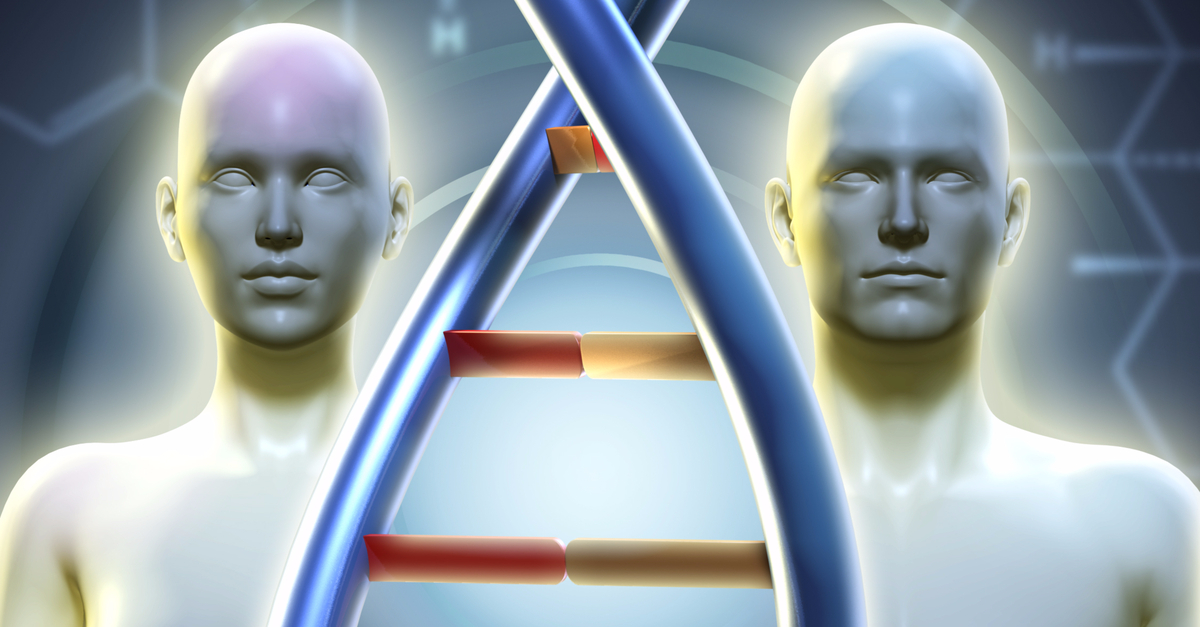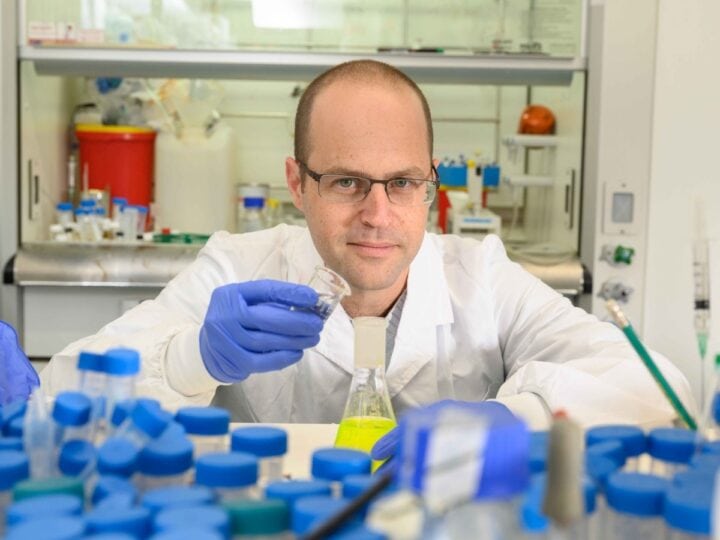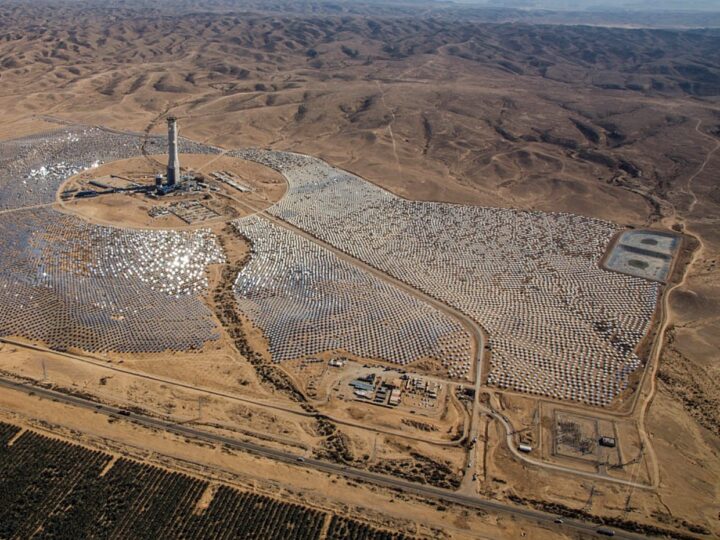Weizmann Institute of Science researchers recently uncovered thousands of human genes that are expressed – copied out to make proteins –- differently in the two sexes. Their findings, reported in BMC Biology, provides evidence that males and females undergo a sort of separate, but interconnected evolution.
“The basic genome is nearly the same in all of us, but it is utilized differently across the body and among individuals,” said Dr. Moran Gershoni of the Weizmann Institute’s Molecular Genetics Department. “Thus, when it comes to the differences between the sexes, we see that evolution often works on the level of gene expression.”
Several years ago, Prof. Shmuel Pietrokovski and Gershoni showed that mutations in genes specific to sperm formation persist because the genes are expressed only in men. A mutation that is problematic for only half the population, no matter how detrimental, is freely passed on to the next generation by the other half.
In the present study, the researchers expanded their analyses to include genes that, though not necessary for fertility, are still expressed differently in the two sexes. To identify these genes, the scientists turned to the GTEx project – a very large study of human gene expression recorded for numerous organs and tissues in the bodies of close to 550 adult donors. That project enabled, for the first time, the comprehensive mapping of the human sex-differential genetic architecture.
Pietrokovski and Gershoni looked closely at around 20,000 protein-coding genes, sorting them by sex and searching for differences in expression in each tissue. They ended up identifying around 6,500 genes with activity that was biased toward one sex or the other in at least one tissue.
They found genes that were highly expressed in the skin of men relative to that in women’s skin, and they realized that these were related to the growth of body hair. Gene expression for muscle building was higher in men; that for fat storage was higher in women.
“The more a gene was specific to one sex, the less selection we saw on the gene. And one more difference: This selection was even weaker with men,” said Gershoni.
Although they do not have a complete explanation for this additional difference, the researchers point to a theory of sexual evolution first proposed in the 1930s.
“In many species, females can produce only a limited number of offspring while males can, theoretically, father many more; so the species’ survival will depend on more viable females in the population than males,” said Pietrokovski. “Thus natural selection can be more ‘lax’ with the genes that are only harmful to males.
“Paradoxically, sex-linked genes are those in which harmful mutations are more likely to be passed down, including those that impair fertility. From this vantage point, men and women undergo different selection pressures and, at least to some extent, human evolution should be viewed as co-evolution. But the study also emphasizes the need for a better understanding of the differences between men and women in the genes that cause disease or respond to treatments.”
















